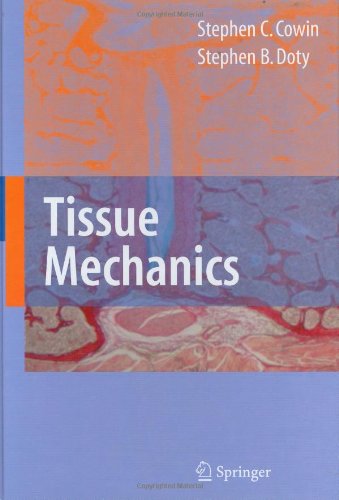

Most ebook files are in PDF format, so you can easily read them using various software such as Foxit Reader or directly on the Google Chrome browser.
Some ebook files are released by publishers in other formats such as .awz, .mobi, .epub, .fb2, etc. You may need to install specific software to read these formats on mobile/PC, such as Calibre.
Please read the tutorial at this link: https://ebookbell.com/faq
We offer FREE conversion to the popular formats you request; however, this may take some time. Therefore, right after payment, please email us, and we will try to provide the service as quickly as possible.
For some exceptional file formats or broken links (if any), please refrain from opening any disputes. Instead, email us first, and we will try to assist within a maximum of 6 hours.
EbookBell Team

4.7
96 reviewsTissue Mechanics , Second Edition is about the mechanics of tissues for use at the advanced undergraduate level or above. Tissues transmit mechanical loads just like bridges and building structures. Not only do they transmit loads, but also they adapt their own structures so that the structures will transmit the mechanical loads more effectively, unlike bridges and building structures. The structures of living tissues are continually changing due to growth and response to the tissue environment, including the mechanical environment. The objective of this text is to describe the nature of the composite components of a tissue, the cellular processes that produce these constituents, the assembly of the constituents into a hierarchical structure, and the behavior of the tissue’s composite structure in the adaptation to its mechanical environment. A tissue’s mechanical environment is the history of mechanical loading experienced by the tissue in some reference time period, like a day.
The most important features of the textbook are its middle level, neither too advanced nor too elementary, its fresh perspective on older material issues, and the inclusion of new research results carefully crafted onto this intermediate base of mechanics.
Key Features: